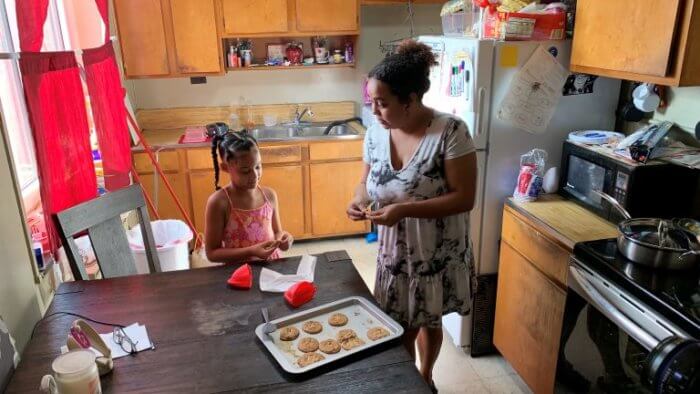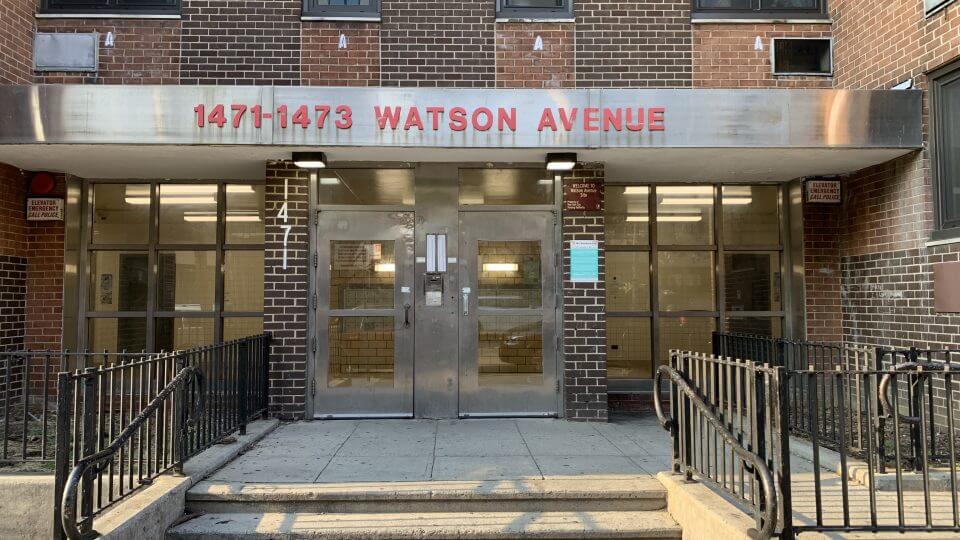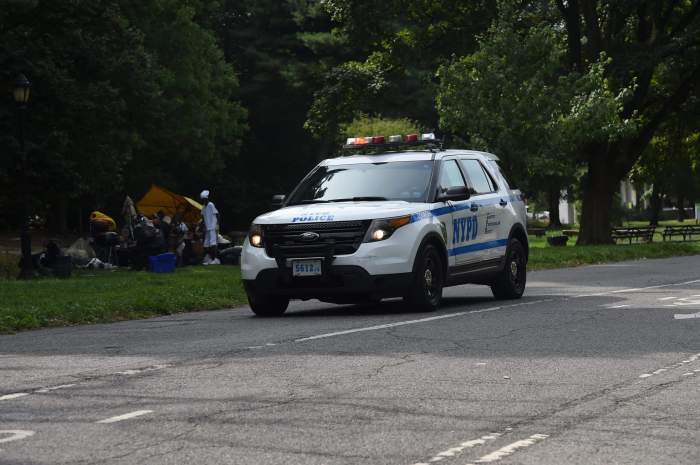By spring 2023, Soundview’s 1471 Watson Ave. NYCHA complex will become the first all-electric building conversion in the nation’s largest public housing complex portfolio, based on promising results of a gas stove replacement pilot program intended to better health outcomes.
The program by environmental group WE ACT for Environmental Justice replaced gas stoves with induction cooktops for 10 residents, and compared indoor air quality results with 10 others who did not switch. For environmental advocates, the transition from gas to induction stoves reduces exposure to both nitrogen dioxide and carbon monoxide – two pollutants that have adverse health impacts.
The program began in February 2022.
A comprehensive 10-month review of the program, which was also implemented in Buffalo, New York, shows a 35% reduction in concentrated nitrogen dioxide and a 43% decrease in daily carbon monoxide exposure for participating buildings.
“I definitely noticed the difference. I have asthma and didn’t know that the gas stove was contributing to it. Now I have no cough, and I don’t feel congested like before,” said Mary Rivera, a 1471 Watson Ave. resident who received an induction stove as part of the intervention group.
The six-story 1471 Watson Avenue building, is a part of the Sotomayor Houses. It was once considered a “forgotten building” in the early part of the previous decade, as it habitually received low-inspection grades from the federal housing authority until NYCHA was provided boosted funding to rehab the building.
The pilot program is the first in the U.S. to monitor indoor air quality in homes transitioning from gas stoves to electric induction stoves with residents in-place in affordable housing.
An estimated 900,000 households living in federal public housing are facing severe health and safety risks, including indoor air pollution from fossil fuel appliances and other asthma triggers like asbestos and mold. In the South Bronx, infamous for its Asthma Alley corridor, there are other environmental factors attacking the health of Bronxites besides gas stoves.
The pilot study program at the 96-unit Watson Avenue apartments found that nitrogen dioxide emanated from other sources, such as the building’s gas-powered boiler in the basement, heavy car traffic and neighboring apartments with gas stoves.
“Due to the discovery of air pollution from other sources, we believe that whole-building conversions that bundle short-term improvements like stoves with larger retrofit projects will have the greatest impact on indoor air quality and resident health in an urban setting,” added Annie Carforo, WE ACT’s climate justice campaigns coordinator.

Public housing residents — overwhelmingly represented by Black and Hispanic tenants — suffer from higher and disproportionate rates of asthma, which advocates say are exacerbated by the poor public housing conditions, neglected or delayed repairs and indoor air pollution from fossil fuel appliances.
This month, politicians began sparring over the utility of gas stoves and their effect on the environment and public health, with some floating the idea of gas-stove bans.
According to a 2013 Asthma and Allergy Foundation study, children who live in homes with gas stoves are 42% more likely to develop asthma symptoms, and that Black children are nearly three times more likely to have asthma as white children.
However, studies linking gas stoves to childhood asthma, according to some toxicologists, is missing crucial context. In November, Dr. Julie Goodman, a toxicologist who works for risk science consulting firm Gradient, said cooking with a gas stove — which includes baking, frying and sautéing — also released emissions that had nothing to do with gas.
Goodman has been alleged by environmentalist groups of being paid by local gas providers for corporation-friendly environmental reviews and assessments, however.
In 2021, New York’s City Council approved a bill banning gas hookups in new buildings over the next few years, effectively requiring all-electric heating and cooking. And Gov. Kathy Hochul has proposed legislature to phase out the sale of fossil fuel heating equipment in buildings by 2030, and require new all-electric buildings beginning in 2025.
WE ACT’s study also dove into pilot program participant attitudes, where a few participating tenants found the new stoves easier to cook, and felt a diminished anxiety about potential gas fires in their home.
Reach Robbie Sequeira at rsequeira@schnepsmedia.com or (718) 260-4599. For more coverage, follow us on Twitter @bxtimes and Facebook @bxtimes.






















